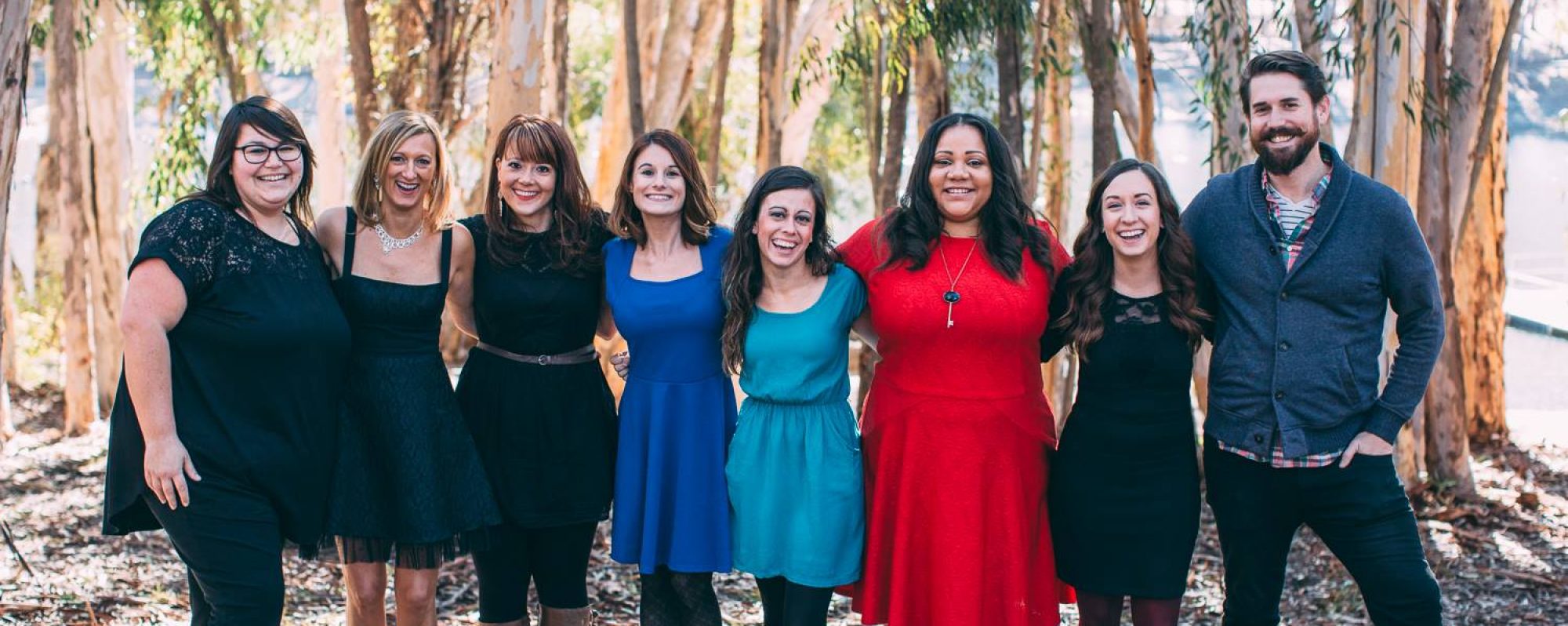The Transformational Design Model:
Have you ever felt lost for how to address a certain goal with a client? Maybe you’ve never worked with that population before, addressed their specific goals, or are simply at a loss for inspiration? This past week I learned about one of the most useful models to make sure every intervention is functional and effective, called The Transformational Design Model (TDM)!
The Transformational Design Model, developed by Dr. Michael Thaut is a system to help therapists translate research into functional clinical practice. It ensures that each intervention is backed by research and intentional goals, which in turn brings the best results for clients! This model also ensures interventions are generalizable back to the clients daily life, which is an essential part of the process. It emphasizes a patient-centered rather than discipline-centered therapy and also helps music therapists to avoid two weaknesses:
- An activity-based approach in which generic musical activities are adapted to therapeutic goals
- The use of therapeutic music techniques that address therapeutic goals very broadly and generally, and are only weakly related to functional therapeutic outcomes
There are five parts to The Transformational Design Model:
- List the client’s strengths/needs
- Write out one goal/objective you would like to focus on (based on their needs)
- How this goal/objective would be addressed by a non-music therapist (speech therapist, physical therapist, teacher, etc.)
- How could you add musical stimuli to that exercise? (don’t just write a music experience-add music to the experience above).
- How could you generalize back to the normal environment? (fade the music)
Example TDM:
- Strengths & needs: Client has great rhythm and songwriting skills, and loves creating new songs. Client needs improved emotional awareness and coping skills for handling difficult emotions
- Goal: Increase ability to calm down when upset
- Non-music therapist: Drawing out what how to calm down, writing a poem or brainstorming ideas
- Create a songwriting intervention centered around coping strategies and ways to calm down when upset. Music helps to concrete these ideas in one’s mind and makes them easier to draw from memory when a situation arises.
- Generalization: Create in session scenarios to practice calming down and using techniques written in song.
This model is so helpful for going back to the basics and making sure that your interventions will make a real impact on your client!
I hope this model is helpful for you!
- Audrey Cosgrove, MTI




